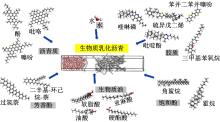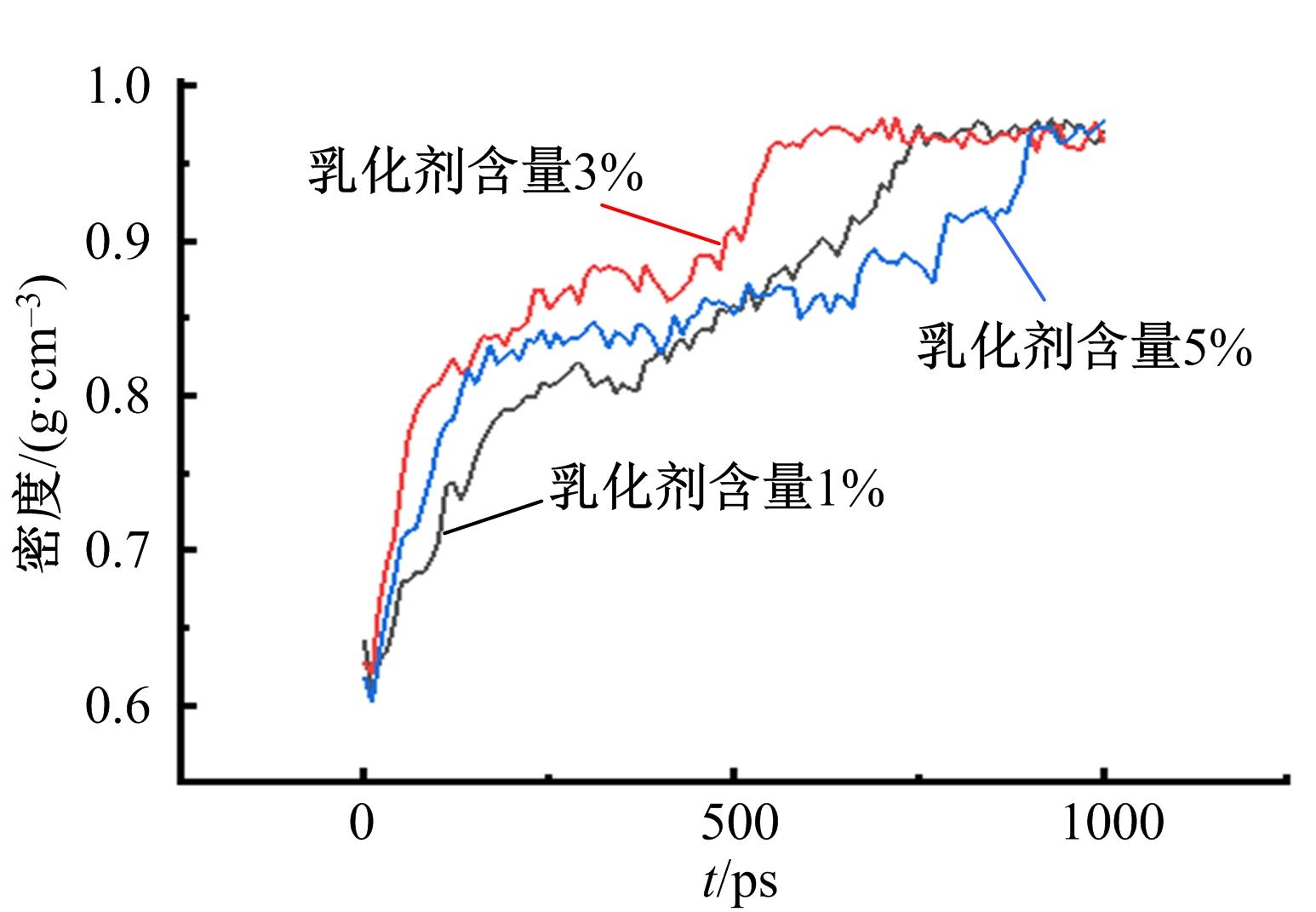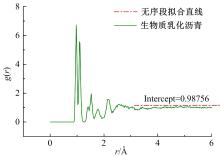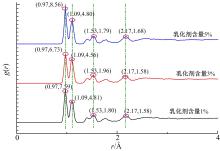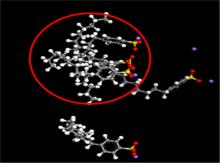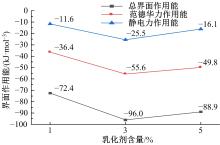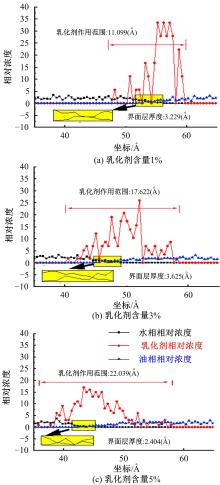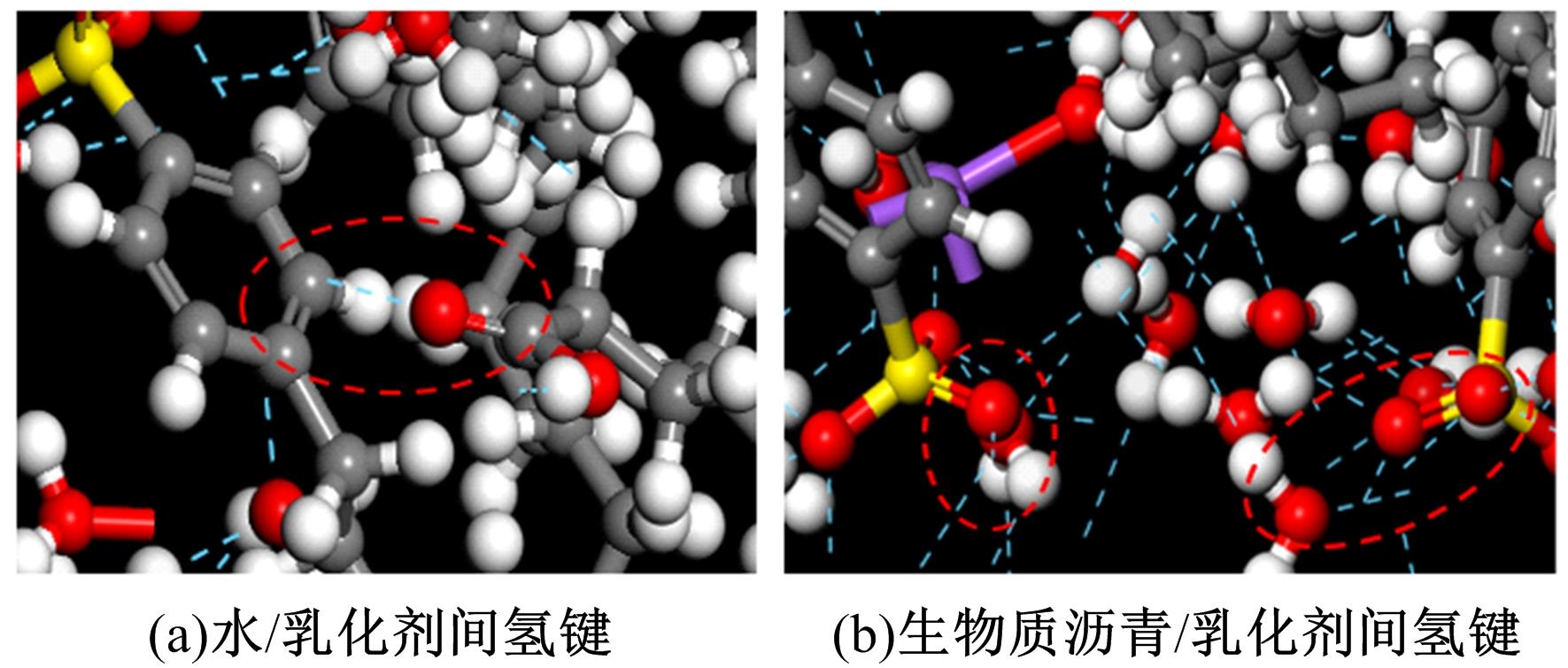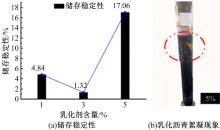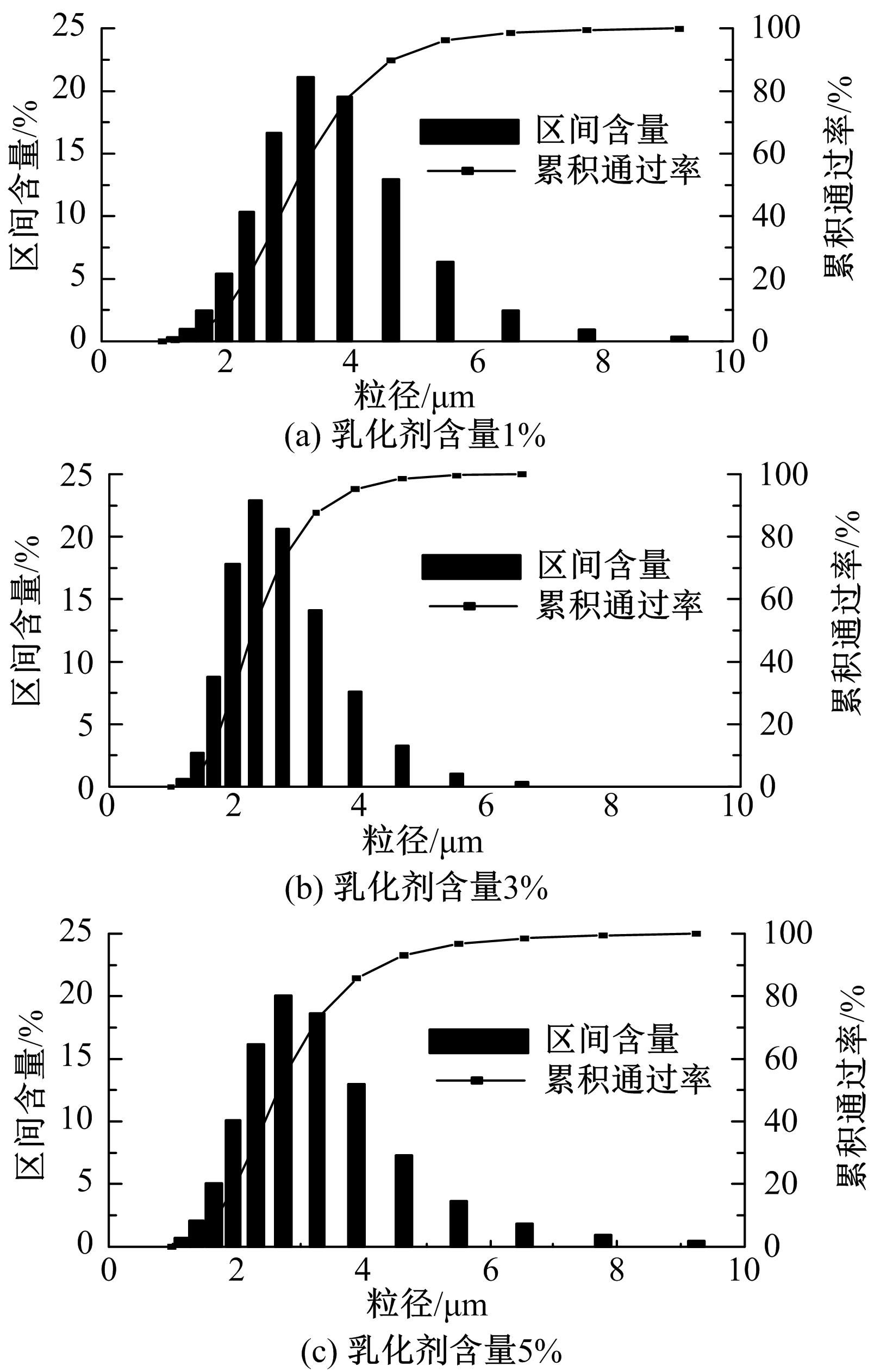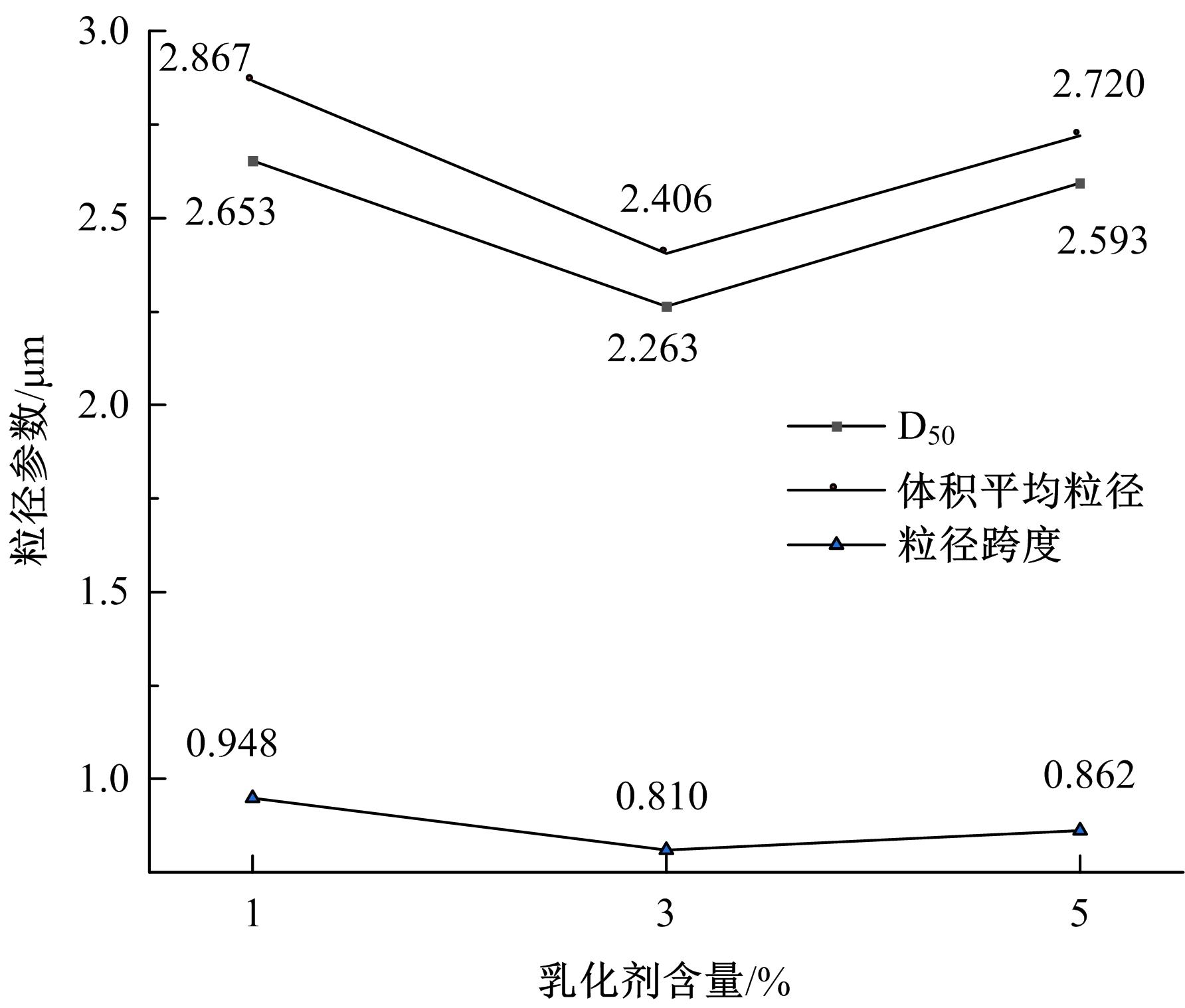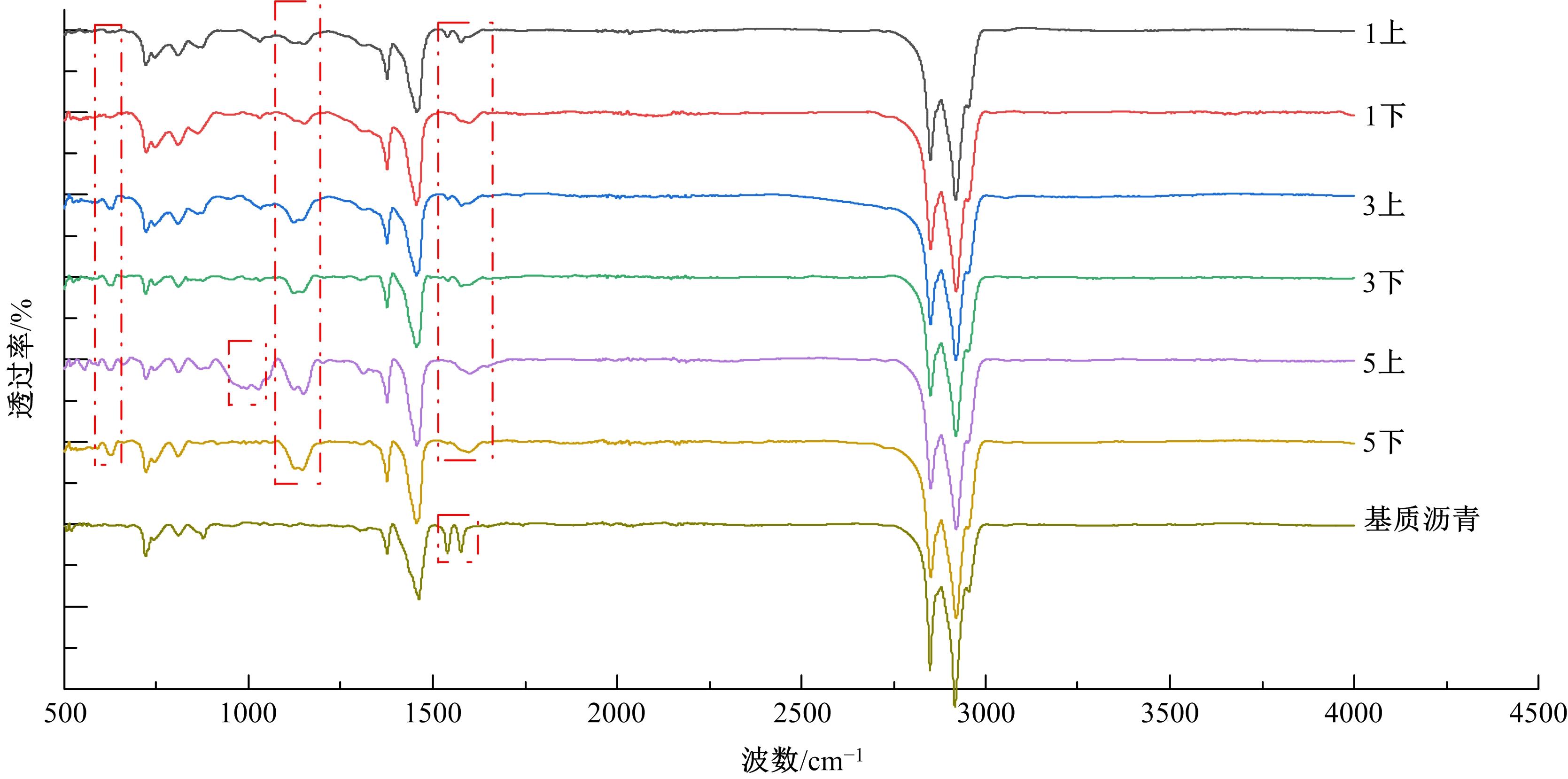Journal of Jilin University(Engineering and Technology Edition) ›› 2023, Vol. 53 ›› Issue (1): 197-209.doi: 10.13229/j.cnki.jdxbgxb20221145
Molecular dynamics‒based stability of biomass prime coat oil
Shuang SHI( ),Lan-qin LIN,Tao MA(
),Lan-qin LIN,Tao MA( ),Lin-hao GU,Yan-ning ZHANG
),Lin-hao GU,Yan-ning ZHANG
- College of Transportation,Southeast University,Nanjing 211189,China
CLC Number:
- A414
| 1 | 屈鑫, 丁鹤洋,王超, 等. 基于分子动力学模拟技术的生物质油改性沥青微观性能研究[J]. 材料导报, 2022(19):1-11. |
| Qu Xin, Ding He-yang, Wang Chao, et al. Research on micro properties of bio-oil modified asphalt based on molecular dynamics simulation technique[J]. Materials Reports, 2022(19): 1-11. | |
| 2 | 李宁利, 朱壮壮, 栗培龙. 生物质油替代路用石油沥青的适用性研究[J]. 可再生能源, 2022, 40(4): 448-454. |
| Li Ning-li, Zhu Zhuang-zhuang, Li Pei-long. Study on applicability of biomass oil to replace asphalt for road use[J]. Renewable Energy Resources, 2022, 40(4): 448-454. | |
| 3 | 白爱明, 周新星. 生物质油再生沥青的自愈合性能研究[J]. 重庆交通大学学报:自然科学版, 2018, 37(8): 29-33. |
| Bai Ai-ming, Zhou Xin-xing. Self-healing properties of bio-oil regenerated asphalt[J]. Journal of Chongqing Jiaotong University (Natural Science), 2018,37(8): 29-33. | |
| 4 | 张金喜, 张晗. 餐饮废油生物沥青路用性能的试验研究[J]. 北京工业大学学报, 2018,44(6): 904-909. |
| Zhang Jin-xi, Zhang Han. Laboratory evaluation of waste cooking oil-based bio-oil modified asphalt binder[J]. Journal of Beijing University of Technology, 2018, 44(6): 904-909. | |
| 5 | Shi K, Fu Z, Song R, et al. Waste chicken fat oil as a bio-oil regenerator to restore the performance of aged asphalt: rheological properties and regeneration mechanism[J]. Road Materials and Pavement Design,2021: 1-25. |
| 6 | Girimath S, Singh D. Effects of bio-oil on performance characteristics of base and recycled asphalt pavement binders[J]. Construction and Building Materials, 2019, 227: 116684. |
| 7 | 罗磊. 沥青与矿料界面相互作用的分子动力学模拟研究[D]. 西安: 长安大学交通学院, 2021. |
| Luo Lei. Molecular dynamics simulation of asphalt-aggregate interfacial interaction[D]. Xi'an: School of Transportation, Chang'an University, 2021. | |
| 8 | 范维玉, 赵品晖, 康剑翘, 等. 分子模拟技术在乳化沥青研究中的应用[J]. 中国石油大学学报:自然科学版, 2014, 38(6):179-185. |
| Fan Wei-yu, Zhao Pin-hui, Kang Jian-qiao, et al. Application of molecular simulation technology to emulsified asphalt study[J]. Journal of China University of Petroleum(Natural Science Edition), 2014, 38(6):179-185. | |
| 9 | 何亮, 李冠男, 郑雨丰, 等. 沥青体系的分子动力学研究进展及展望[J]. 材料导报, 2020, 34(19): 19083-19093. |
| He Liang, Li Guan-nan, Zheng Yu-feng, et al. Research progress and prospect of molecular dynamics of asphalt systems[J]. Materials Reports, 2020, 34(19): 19083-19093. | |
| 10 | 罗万力. 基于分子动力学模拟的阴离子沥青乳化剂界面活性研究[D]. 重庆:重庆交通大学交通运输学院, 2020. |
| Luo Wan-li. Study on interfacial activity of anionic asphalt emulsifier based on molecular dynamics simulation[D]. Chongqing: College of Traffic and Transportation, Chongqing Jiaotong University, 2020. | |
| 11 | Yu X, Wang J, Si J, et al. Research on compatibility mechanism of biobased cold-mixed epoxy asphalt binder[J]. Construction and Building Materials, 250:118868. |
| 12 | Yu C, Hu K, Yang Q, et al. Analysis of the storage stability property of carbon nanotube/recycled polyethylene-modified asphalt using molecular dynamics simulations[J]. Polymers, 2021, 13(10): 1658. |
| 13 | Li D D, Greenfield M L. Chemical compositions of improved model asphalt systems for molecular simulations[J]. Fuel,2014, 115: 347-356. |
| 14 | Wang Xu. Study of cohesion and adhesion properties of asphalt concrete with molecular dynamics simulation[J]. Computational Materials Science, 2016, 112: 161-169. |
| 15 | Fardin, Rajesh. Molecular simulations of asphalt rheology: application of time–temperature superposition principle[J]. Journal of Rheology, 2018, 62(4): 941-954. |
| 16 | 陈华鑫, 贺孟霜, 纪鑫和, 等. 沥青性能与沥青组分的灰色关联分析[J]. 长安大学学报: 自然科学版,2014, 34(3): 1-6. |
| Chen Hua-xin, He Meng-shuang, Ji Xin-he, et al. Gray correlation analysis of asphalt performance and four fractions[J]. Journal of Chang'an University(Natural Science Edition), 2014, 34(3): 1-6. | |
| 17 | 殷开梁. 分子动力学模拟的若干基础应用和理论[D].杭州: 浙江大学理学院,2006. |
| Yin Kai-liang. Some basic applications and theories of molecular dynamics simulation[D]. Hangzhou: School of Science, Zhejiang University, 2006. | |
| 18 | 丁勇杰. 基于分子模拟技术的沥青化学结构特征研究[D].重庆:重庆交通大学材料科学与工程学院, 2013. |
| Ding Yong-jie. Study on chemical structure characteristics of asphalt based on molecular simulation technology[D]. Chongqing: School of Materials Science and Engineering, Chongqing Jiaotong University, 2013. | |
| 19 | 李根泽. 基于分子模拟技术的路用沥青感温性研究[D]. 长春: 吉林大学交通学院, 2019. |
| Li Gen-ze. Study on temperature sensitivity of road asphalt based on molecular simulation technology[D].Changchun: College of Transportation, Jilin University, 2019. | |
| 20 | 康家祥. 非离子型环氧树脂乳化剂的制备及其性能研究[D]. 杭州: 浙江理工大学理学院, 2021. |
| Kang Jia-xiang. Study on the preparation and proper‐ties of non-ionic epoxy resin emulsifiers[D]. Hang‐zhou: College of Science, Zhejiang Sci-tech University, 2021. | |
| 21 | 李媛媛, 桑世林, 王凯杰, 等. 非离子型水性环氧树脂乳化剂的制备与性能研究[J]. 涂料工业, 2021, 51(9): 25-32. |
| Li Yuan-yuan, Sang Shi-lin, Wang Kai-jie, et al. Preparation and properties of nonionic waterborne epoxy resin emulsifier[J]. Paint & Coatings Industry, 2021, 51(9): 25-32. | |
| 22 | 李仙. 氯磺化聚乙烯改性丙烯酸酯水乳液及其相关分子动力学模拟[D]. 南京: 南京林业大学材料科学与工程学院, 2020. |
| Li Xian. Chlorosulfonated rubber modified acrylate water emulsion and its related molecular simulation[D]. Nanjing: School of Materials Science and Engineering, Nanjing Forestry University, 2020. | |
| 23 | 苏曼曼, 张洪亮, 张永平, 等. SBS与沥青相容性及力学性能的分子动力学模拟[J]. 长安大学学报:自然科学版, 2017, 37(3): 24-32. |
| Su Man-man, Zhang Hong-liang, Zhang Yong-ping, et al. Molecular dynamics simulation of compatibility and mechanical properties of sbs and asphalt[J]. Journal of Chang'an University (Natural Science Edition), 2017, 37(3): 24-32. | |
| 24 | 王岚, 张乐, 刘旸. 基于分子动力学的胶粉改性沥青中胶粉与沥青相容性研究[J]. 建筑材料学报, 2018, 21(4): 689-694. |
| Wang Lan, Zhang Le, Liu Yang. Compatibility of rubber powder and asphalt in rubber powder modified asphalt by molecular dynamics[J]. Journal of Building Materials, 2018, 21(4): 689-694. | |
| 25 | Xu Tao, Li Chi-xuan, Fan Su-ying. Method for evaluating compatibility between sbs modifier and asphalt matrix using molecular dynamics models[J]. Journal of Materials in Civil Engineering, 2021, 33(8): 4021207. |
| 26 | 孔祥军. 长链烷基咪唑啉界面活性的构效关系研究[D]. 青岛:中国石油大学(华东)化学工程与环境学院, 2016. |
| Kong Xiang-jun. Study on structure-activity relationship of interfacial activity of long chain alkyl imidazoline[D]. Qingdao: College of Chemical Engineering and Environment), China University of Petroleum (East China), 2016. | |
| 27 | Rivera J L, McCabe C, Cummings P T. Molecular simulations of liquid-liquid interfacial properties: Watern-alkane and water-methanoln-alkane systems[J]. Physical Review E, 2003, 67(1): 011603. |
| 28 | 于立军. 阴离子表面活性剂在油水界面吸附行为的实验和理论研究[D]. 青岛:中国石油大学(华东)材料科学与工程学院, 2011. |
| Yu Li-jun. Experimental and theoretical study on adsorption behavior of anionic surfactants at oil-water interface[D]. Qingdao: School of Materials Science and Engineering, China University of Petroleum (East China), 2011. | |
| 29 | 李登辉, 李丽洁, 兰贯超, 等. SBS增韧石蜡/增塑剂共混相容性的分子动力学模拟[J]. 含能材料, 2018, 26(3): 223-229. |
| Li Deng-hui, Li Li-jie, Lan Guan-chao, et al. Molecular dynamics simulation of sbs toughened paraffin/plasticizer blend compatibility[J]. Energetic Materials, 2018, 26(3): 223-229. | |
| 30 | 武建民, 杜本发, 李洪珍. 基于乳化沥青颗粒平均粒径的透层油性能评价方法[J]. 公路, 2016, 61(7): 265-269. |
| Wu Jian-min, Du Ben-chao, Li Hong-zhen. Performance evaluation method of permeable oil based on average particle size of emulsified asphalt[J]. Highway, 2016, 61(7): 265-269. | |
| 31 | 何丽红, 温仙仙, 侯艺桐, 等. 阴离子乳化沥青粒径大小及分布影响因素分析[J]. 重庆交通大学学报:自然科学版, 2021, 40(6): 99-104. |
| He Li-hong, Wen Xian-xian, Hou Yi-tong, et al. Influence factors of particle size and distribution of anionic emulsified asphalt[J]. Journal of Chongqing Jiaotong University (Natural Science Edition), 2021, 40(6): 99-104. | |
| 32 | 陶翔. 新型季铵盐沥青乳化剂的合成与性能研究[D]. 济南: 山东大学化学与化工学院, 2015. |
| Tao Xiang. Synthesis and properties of novel quaternary ammonium salt asphalt emulsifier[D]. Jinan: Shandong: School of Chemistry and Chemical Engineering, Shandong University, 2015. | |
| 33 | Liu Hou. Influence of storage conditions on the stability of asphalt emulsion[J]. Petroleum Science and Technology,2017, 35(12): 1217-1223. |
| 34 | Kiihnl L, Braham A F. Developing a particle size specification for asphalt emulsion[J]. Construction and Building Materials, 2021, 293: 123414. |
| 35 | 张虎. 乳化沥青颗粒粒径分布对沥青性能的影响[J]. 交通世界, 2016(19): 110-111. |
| Zhang Hu. Influence of emulsified asphalt particle size distribution on asphalt properties[J]. Transportation World, 2016(19): 110-111. | |
| 36 | 韦万峰, 郭鹏, 唐伯明. 再生沥青混合料新-旧沥青扩散混合效率研究综述[J]. 材料导报, 2017, 31(11): 109-114. |
| Wei Wan-feng, Guo Peng, Tang Bo-ming. Review of the research on diffusion efficiency of virgin-aged asphalt in recycled asphalt mixture[J]. Materials Reports, 2017, 31(11): 109-114. | |
| 37 | 全秀洁. 亲水基团对十二烷基阴离子乳化沥青稳定性及破乳过程的影响[D]. 重庆: 重庆交通大学交通运输学院, 2021. |
| Quan Xiu-jie. Effect of hydrophilic groups on stability and demulsification of dodecyl anionic emulsified asphalt[D]. Chongqing: College of Traffic and Transportation, Chongqing Jiaotong University, 2021. | |
| 38 | 周艺, 李泉, 童瑶, 等. 再生剂对SBS改性沥青宏观性能与微观结构的影响[J]. 公路, 2022(6): 302-309. |
| Zhou Yi, Li Quan, Tong Yao, et al. Effect of regenerant on macroproperties and microstructure of sbs modified asphalt[J]. Highway, 2022(6): 302-309. | |
| 39 | 陈江,李响,韩路, 等. 废胎胶粉对沥青的改性机理研究[J]. 山西建筑, 2021, 47(1): 110-111, 196. |
| Chen Jiang, Li Xiang, Han Lu, et al. Study on modification mechanism of asphalt by waste tire rubber powder[J]. Shanxi Architecture, 2021, 47(1): 110-111, 196. |
| [1] | Yan-min WANG,Wei-qi ZHANG,Guang-xin DUAN,Yang GE. Continuous non-singular terminal sliding mode control of electronic throttle [J]. Journal of Jilin University(Engineering and Technology Edition), 2023, 53(7): 2127-2135. |
| [2] | Liu YANG,Chuang-ye WANG,Meng-yan WANG,Yang CHENG. Traffic flow characteristics of six⁃lane freeways with a dedicated lane for automatic cars [J]. Journal of Jilin University(Engineering and Technology Edition), 2023, 53(7): 2043-2052. |
| [3] | Zheng-feng ZHOU,Xiao-tao YU,Ya-le TAO,Mao ZHENG,Chuan-qi YAN. High-temperature performance evaluation of resin and elastomer high viscosity asphalt based on grey correlation analysis [J]. Journal of Jilin University(Engineering and Technology Edition), 2023, 53(7): 2078-2088. |
| [4] | Tao MA,Yuan MA,Xiao-ming HUANG. Optimal combination of key parameters of intelligent compaction based on multiple nonlinear regression [J]. Journal of Jilin University(Engineering and Technology Edition), 2023, 53(7): 2067-2077. |
| [5] | Hai-bin WEI,Shuan-ye HAN,Hai-peng BI,Qiong-hui LIU,Zi-peng MA. Intelligent sensing road active ice and snow removal system and experimental technology [J]. Journal of Jilin University(Engineering and Technology Edition), 2023, 53(5): 1411-1417. |
| [6] | Shao-hua WANG,Kun CHU,De-hua SHI,Chun-fang YIN,Chun LI. Robust compound coordinated control of HEV based on finite⁃time extended state observation [J]. Journal of Jilin University(Engineering and Technology Edition), 2023, 53(5): 1272-1281. |
| [7] | Sui-ning ZHENG,Rui HE,Tian-yu LU,Zi-yi XU,Hua-xin CHEN. Preparation and evaluation of RET/rubber composite modified asphalt and asphalt mixture [J]. Journal of Jilin University(Engineering and Technology Edition), 2023, 53(5): 1381-1389. |
| [8] | Shu-wei LAN,Dong-hua ZHOU,Xu CHEN,Nan-ming MO. Practical calculation method for the critical bearing capacity of double column bridge with high piers [J]. Journal of Jilin University(Engineering and Technology Edition), 2023, 53(4): 1105-1111. |
| [9] | Bo-wen GUAN,Wen-jin DI,Fa-ping WANG,Jia-yu WU,Shuo-wen ZHANG,Zhi-xun JIA. Damage of concrete subjected to sulfate corrosion under dry⁃wet cycles and alternating loads [J]. Journal of Jilin University(Engineering and Technology Edition), 2023, 53(4): 1112-1121. |
| [10] | Fan YANG,Chen-chen LI,Sheng LI,Hai-lun LIU. Numerical simulation of continuously reinforced concrete pavement with double⁃layer reinforcement under effect of temperature shrinkage [J]. Journal of Jilin University(Engineering and Technology Edition), 2023, 53(4): 1122-1132. |
| [11] | De-feng HE,Dan ZHOU,Jie LUO. Efficient cooperative predictive control of predecessor⁃following vehicle platoons with guaranteed string stability [J]. Journal of Jilin University(Engineering and Technology Edition), 2023, 53(3): 726-734. |
| [12] | Zhuang-zhuang LIU,You-wei ZHANG,Peng-yu JI,Abshir Ismail Yusuf,Lin LI,Ya-zhen HAO. Study on heat transfer characteristics of electric heating snow melting asphalt pavement [J]. Journal of Jilin University(Engineering and Technology Edition), 2023, 53(2): 523-530. |
| [13] | Hai-bin WEI,Zi-peng MA,Hai-peng BI,Han-tao LIU,Shuan-ye HAN. Conductive rubber composite pavement paving technology based on mechanical response analysis method [J]. Journal of Jilin University(Engineering and Technology Edition), 2023, 53(2): 531-537. |
| [14] | Yong PENG,Xiu-fang ZHANG,Ze-yu GUO,Xue-yuan LU,Yan-wei LI. Influence of aggregate contact characteristics on shear fatigue life of asphalt mixtures using discrete element method [J]. Journal of Jilin University(Engineering and Technology Edition), 2023, 53(1): 178-187. |
| [15] | Ya-zhen SUN,Zhi ZHENG,Wei-ming HUANG,Jin-chang WANG. Structural analysis of cement pavement with cracks based on state⁃space method [J]. Journal of Jilin University(Engineering and Technology Edition), 2023, 53(1): 188-196. |
|
||
